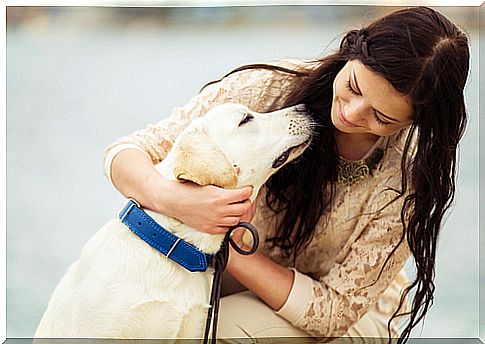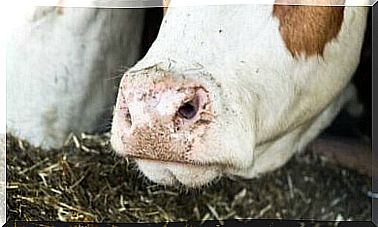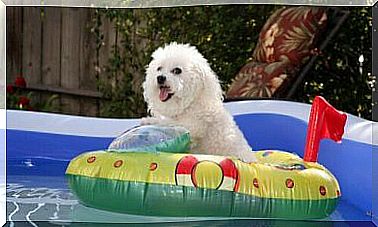Epilepsy In Dogs

Epilepsy is a brain disorder that causes frequent sudden and uncontrolled body movements in the dog, sometimes followed by loss of consciousness. The reasons behind the seizures can be idiopathic or genetic, and are sometimes unknown.
Idiopathic epilepsy is characterized by lesions in the structure of the brain, and is more common in males. If left untreated, the attacks become more severe and more frequent.
What are the symptoms of epilepsy in dogs?

A dog with epilepsy will suffer from seizures. When they are in place, the animal may appear groggy, seek attention or hide. During the convulsion the dog will fall on its side, stiffen, climb heavily, urinate, defecate and groan. This type of seizure generally lasts between 30 and 90 seconds.
Seizures tend to occur at night or early in the morning when the dog is resting or sleeping. As a rule, most dogs recover as soon as they are brought to the vet for testing.
Following a seizure, your dog will feel confused and disoriented. He will be able to walk in circles and bump into furniture. He may have drool and blood on his chin if he accidentally bites himself in the process.
He may have an instinct to hide, and his thirst and appetite will increase. Recovery from a seizure can be immediate or delayed for up to 24 hours.
With focal seizures, however, the abnormal electrical activity affects only one part of the brain; focal seizures can cause unusual movements on a single extremity or side of the body. Sometimes they only last a couple of seconds. Seizures may begin as focal, then spread throughout the body.
Dogs suffering from epilepsy can experience fits of seizures at regular intervals ranging from one to four weeks, particularly with large dogs.
The younger the dog, the more severe the seizures will be. However, if the disease is diagnosed before the age of two, treatment with medicines will be more effective.
If your dog is suffering from an epilepsy attack, try to stay calm first. If the animal is near an object that could hurt it, such as furniture or the stairs, try to gently move it away from that point.
Keep away from your dog’s mouth and head. Don’t put anything in his mouth. If the attack lasts more than a couple of minutes, your pet’s body temperature will risk rising: turn on a fan and moisten his paws with cold water, talk to him in a low voice and pat him gently. As soon as the convulsion has subsided, contact your veterinarian.
Epilepsy can also be due to genetic problems, a common phenomenon in many dog breeds. Some breeds have multiple recessive genes, including the Bernese Mountain Dog, the Labrador Retriever, the Hungarian Hounds, the Irish Greyhound, the English Springer Spaniel and the Finnish Spiz.
The characteristics associated with genetic epilepsy usually manifest between ten months and three years of age.
On the other hand, the dog breeds most likely to suffer from idiopathic epilepsy include Beagles, Keeshonds, Belgian Sheepdogs, Golden Retrievers, Labrador Retrievers, Hungarian Hounds, and Shetland Sheepdogs.
Treatment

The two main elements for the diagnosis of idiopathic epilepsy are the age of onset and the classification of seizures (type and frequency).
Generally, part of the treatment will be outpatient. It is recommended not to allow the dog to access areas of water, in order to avoid accidental drowning. Most dogs are at risk of becoming overweight after taking anticonvulsant drugs. It will therefore be essential to carefully monitor any changes in weight, and consult your veterinarian to establish a diet.
It is also important to check the therapeutic levels of drugs in the blood. Dogs treated with phenobarbital, for example, will need to be monitored following initiation of treatment during the second and fourth weeks. For this purpose, it is recommended that a blood chemistry profile be performed every 6 to 12 months.
Epilepsy cannot be prevented. If your dog suffers from this disease it will therefore be necessary to control its convulsions, trying to avoid, in the event that the adult animal is following a treatment based on potassium bromide, any salty food, cause of convulsions and kidney failure.








